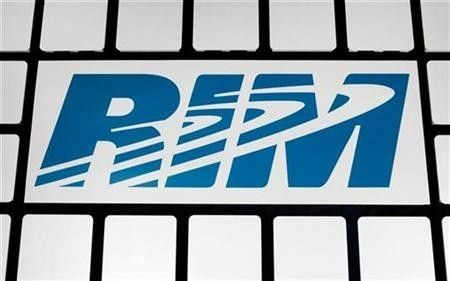RIM Largely Missed Major Cycle; Eight Suggestions for BlackBerry Maker

BlackBerry maker Research In Motion Ltd. (NASDAQ: RIMM) has largely missed a major cycle and is on the verge of missing another as LTE networks are introduced, Jefferies & Co. said in a note to clients.
We have surveyed industry participants and have considered different strategies RIM could undertake to prevent a further slip. We believe the focus should be on management changes, BlackBerry Enterprise Server (BES)/BlackBerry Internet Service (BIS) network operations center (NOC) system licensing, and QNX phones, said Peter Misek, an analyst at Jefferies.
Misek said virtually all of the carriers he has spoken to will support BlackBerry OS 7 devices but view RIM as a niche product for consumers and an enterprise product for now.
Also, the carriers were very excited about QNX at Mobile World Congress in February, but that was when they thought at least one QNX phone would be out in calendar 2011, Misek said.
Misek said his checks indicate that carriers believe QNX will not come out until year-end 2012, and by then Android LTE phones will be mainstream and the iPhone LTE will have launched.
Misek said competition intensifies on all fronts, with Motorola Mobility Holdings Inc (NYSE: MMI) taking share from RIM, Apple Inc.'s iOS penetrating the enterprise, and new threats emerging from low-cost smartphones running Android.
At the same time Microsoft Corp. (NASDAQ: MSFT) will have Windows 8 on tablets and Nokia Corporation (NYSE: NOK), HTC, Motorola, and Samsung phones, thus possibly providing a compelling third ecosystem.
Misek's suggestions:
-- Fully support iOS and Android in the enterprise by adding BlackBerry Messenger (BBM) and BlackBerry email to those devices. This maintains subscription and BES revenue. This is important as according to his analysis RIM's hardware sales now have negative operating margins.
-- Move software development out of Waterloo and create three new teams with at least one in Silicon Valley. One team to focus solely on the development of the QNX OS, one team working on user interface (UI) and user experience, and one team devoted to enterprise/cloud applications and services. Third-party apps should be spun off as a separate company or isolated so they can develop for other platforms.
-- Refresh the management team to raise accountability and increase the benchmark for performance. Current management appears content in bringing to market just one tablet (Playbook) and one major new handset (Torch) in the past year. Nokia board's decision to change its management is encouraging and Misek would like to see RIM follow suit. He believes shareholders would react positively even at just the appearance of change.
-- Hardware-wise, RIM should focus all efforts on getting six QNX handsets out next year. Three QWERTY handsets and three touch handsets all with LTE capability.
-- Learn everything about the developers and then create the best possible development environment.
-- Pick a major content ecosystem and strike a deal. If possible, partner with Amazon.com Inc. (NASDAQ: AMZN) and make them the content player, retail store etc. Execution speed is critical in order to quickly optimize a seamless solution.
-- Create a team whose only job is to focus on the consumer. The team should analyze consumers' wants, needs, trends, and feedback in excruciating detail. RIM should only release products that are desired, intuitive, and ready for the market.
-- Foster innovation by creating a team whose sole job is to find the next tectonic shift in technology and bring it to market. Misek believes RIM can leap frog the competition, and it is still not too late, but time is running out.
Research In Motion stock closed Monday's regular trading down 6.70 percent at $25.89 on the NASDAQ Stock Market.
© Copyright IBTimes 2024. All rights reserved.





















